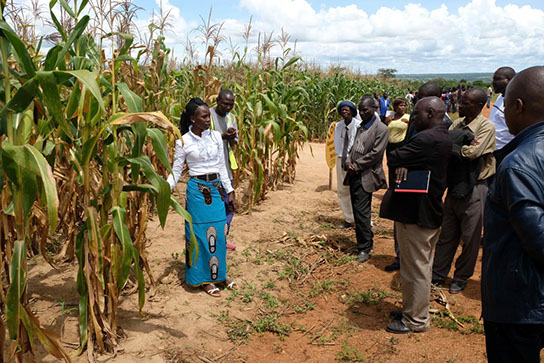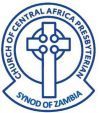
Food insecurity and poverty as a result of subsistence farming are enormous issues in rural Zambia. According to the Oakland Institute, 65% of Zambians survive through subsistence farming on plots of land an acre or less, and 70% of those subsistence farmers are women who are considered the head of the household. In 2004, 75% of small-scale farming households had average annual incomes of about $219, and 23% had incomes of approximately $514, with an average household size of 6. Of these households, 1% have access to electricity and 28% have access to a public water supply. Unfortunately, crops grown by subsistence farmers normally provide low production yields because farmers have low access to technology and information, low access to markets, and lack of infrastructure.
In order to address the staggering amount of poverty facing members of their congregations, the CCAP Synod of Zambia established the Relief and Development Department in 2000. The Relief and Development Department currently operates two programs, which aim to provide holistic ministry and sustainable relief to communities: the Agriculture Program and Village Savings and Loan Association (VSLA) Program. The department aims to transform and empower the community through ministry as well as address issues such as food scarcity, nutrition, and financial instability. The VSLA program, specifically, helps communities save money in order to either invest in small business ventures or pay for expenses such as school fees, toiletries, and basic food items. The Agriculture Program teaches community members about conservation farming and provides seeds to subsistence farmers. This program also distributes goats (one male, three females) to community members so that they can either share the resources with their community or sell the livestock for income generation. The department currently has a total of 45 agriculture groups (1,200 farmers overall) and 60 VSLA groups. The department aims to reach 1,800 farmers under the Agriculture Program and retain a facilitator who can train them. The Relief and Development Program has 30 training centers in the eastern part of Zambia with 30 volunteers who are able to train community members in both agriculture and VSLA.
One of the biggest successes of the Relief and Development Department is the impact the Agriculture Program has had on the lives of the local farmers who are a part of the program. Farmers who are trained under the program learn how to cultivate a very small piece of land that can be used to generate income. By learning how to cultivate land in an efficient and sustainable way, some farmers are able to receive 3,600 kw per month, allowing them to afford three meals a day and send their children to school. Also, community members who participate in the VSLA Program have reported an increase in the standard of living since participating in the program. The Relief and Development Department coordinator, Reverend Mwandilla, hopes that people who are either trained under the Agriculture Programs or the VSLA Program will educate or share with their neighbors, colleagues, and community members, raising the standard of living of the surrounding community.
Status: The Relief and Development Department currently receives funding through World Renew
